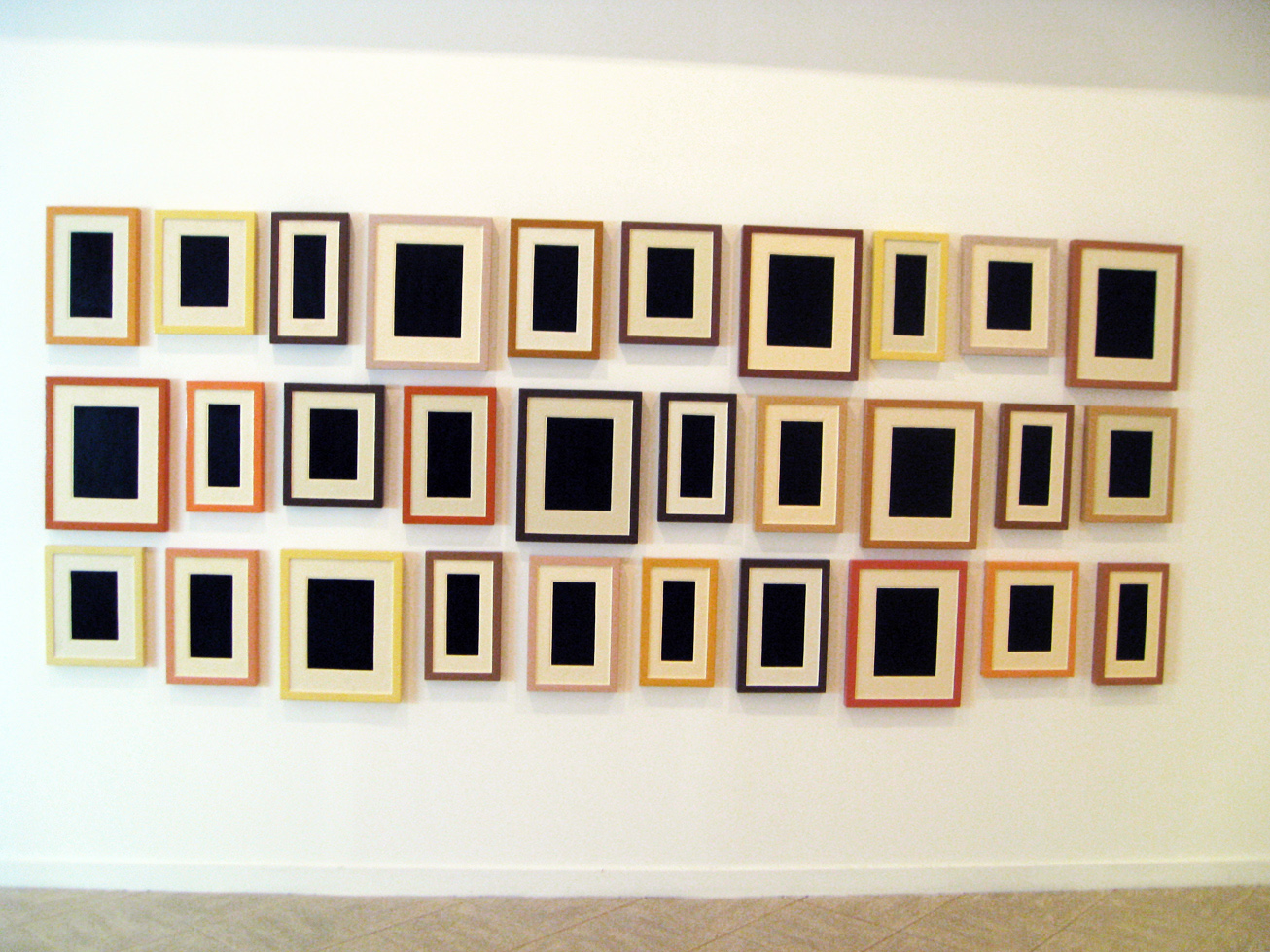NEW YORK—Experienced a bit of deja vu while wandering around the Contemporary galleries at the Museum of Modern Art recently. The wall of frames hung gallery style and the series of pantyhose filled with sand, stretched and randomly suspended, were familiar. The works by Allan McCollum and Senga Nengudi, respectively, were familiar, reminiscent of installations observed at the Havana Biennial last month. In Havana, the frames were also by McCollum, but the pantyhose belonged to someone else.
McCollum’s “Thirty Plaster Surrogates” and “Vortice Ogum Tempo” by Brazilian artist Ernest Neto were exhibited at one of the biennial’s main venues where the Miami-based Fontanals-Cisneros Collection of contemporary art was on view.
From left, In Havana, “Vortice Ogum Tempo,” 1999 (pantyhose and spice) by Ernesto Neto and “R.S.V.P. I,” 1977 (panty hose and sand) by Senga Nengudi at MoMA in New York.
Recognized worldwide for ambitious soft sculptures that involve nylon, netting and Lycra tull—materials that give—Neto had a spring solo show at Tonya Bonakdar Gallery in New York. Nengudi, an African American artist and forerunner in the use of pantyhose in her creations, has worked with a range of materials including nylon throughout her career. She created the MoMA work, “R.S.V.P. I,” two decades ago.
Although it is common for the work of accomplished artists to be represented in multiple collections, it was still a thrill to see such unique works, a month apart, in two countries that lacking official diplomatic relations, agree on their embrace of contemporary art.
All photos © Arts Observer
From left, At MoMA, “Collection of Forty Plaster Surrogates,” 1982 (cast and painted in 1984, enamel on cast Hydrastone) by Allan McCollum (with “Untitled” by Christopher Wool at left) and “Thirty Plaster Surrogates,” 1982-1990 by Allan McCollum in Havana.

HAVANA: Detail of “Thirty Plaster Surrogates,” 1982-1990 by Allan McCollum. The artist’s installations appear to be collections of painted wood frames with mattes, but they are actually cast from plaster.

HAVANA: Detail of “Vortice Ogum Tempo,” 1999 by Ernesto Neto.

NEW YORK: Partial installation view of “R.S.V.P. I” by Senga Nengudi.
MoMA acquired “R.S.V.P. I” last year. The work was a part of Nengudi’s breakthrough exhibit at Just Above Midtown Gallery in 1977. According to the exhibit label, the artist describes her use of pantyhose as follows: “I am working with nylon mesh because because it relates to the elasticity of the human body. From tender, tight beginnings to sagging…The body can only stand so much push and pull until it gives way never to resume its original shape.”





